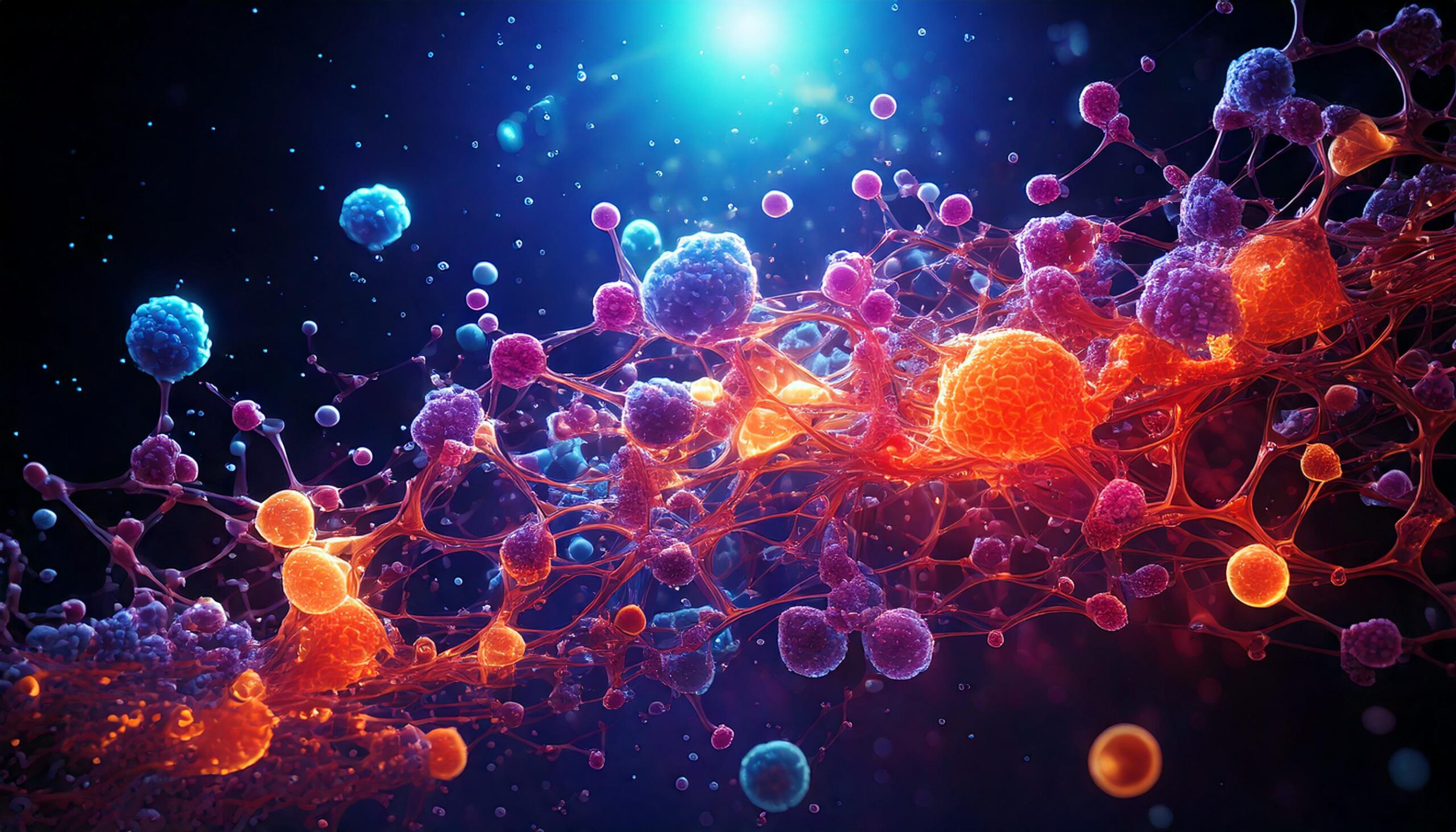
What are the odds that random interactions of prebiotic soup would generate a single functional protein? Based on the work of Douglas Axe, Meyer concludes:
The calculation can be made by multiplying the three independent probabilities by one another: the probability of incorporating only peptide bonds (1 in 1045), the probability of incorporating only left-handed amino acids (1 in 1045), and the probability of achieving correct amino-acid sequencing (using Axe’s 1 in 1074 estimate). Making that calculation (multiplying the separate probabilities by adding their exponents: 1045 + 45 + 74) gives a dramatic answer. The odds of getting even one functional protein of modest length (150 amino acids) by chance from prebiotic soup is no better than 1 chance in 10164. . . . Now consider that there are only 1080 protons, neutrons, and electrons in the observable universe. Thus, if the odds of finding a functional protein by chance on the first attempt had been 1 in 1080, we could have said that’s like finding a marked particle—proton, neutron, or electron (a much smaller needle)—among all the particles in the universe (a much larger haystack). Unfortunately, the problem is much worse than that. With odds standing at 1 chance in 10164 of finding a functional protein among the possible 150-amino-acid compounds, the probability is 84 orders of magnitude (or powers of ten) smaller than the probability of finding the marked particle in the whole universe. Another way to say that is the probability of finding a functional protein by chance alone is a trillion, trillion, trillion, trillion, trillion, trillion, trillion times smaller than the odds of finding a single specified particle among all the particles in the universe. (Meyer, SC, 212)
Josh McDowell, Sean McDowell. Evidence That Demands a Verdict: Life-Changing Truth for a Skeptical World.



